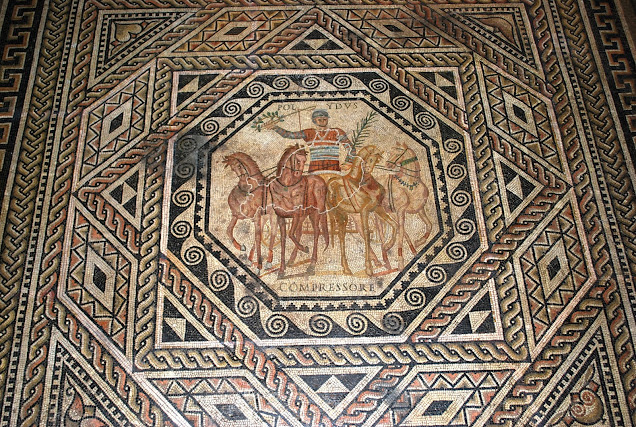Caesaraugusta's theater documented
At the central and lowest part of the building was the orchestra, essential in Greek theaters, but of lesser in Roman theater, since they relied less on the chorus in their plays. At the center of the original orchestra a rectangular pit was discovered, for concealing, possibly the "Caronte Stairs", from which actors could suddenly spring at the stage during performances (like "John Lanting's Theater of the Laugh"). This space was closed early on.

One of the exciting finds during the excavation, was the head of a princess of the Julio-Claudian dynasty. It belonged to a statue that once decorated the scaenae frons. According to Joe Geranio, admin of various Roman flickr groups, her hair resembles Antonia, the mother of Emperor Claudius. More pictures of Caesaraugusta you can find here!




Dag schat, ik ga lekker niet in het Engels schrijven, daar ben ik te lui voor. Word groen ende geel van jaloezie, wetende dat jij in mijn lievelingsland mijn lievelingstoerisme uitvoert. Maar het is je graag gegund en ik bewonder de foto's en beschrijvingen.
BeantwoordenVerwijderen